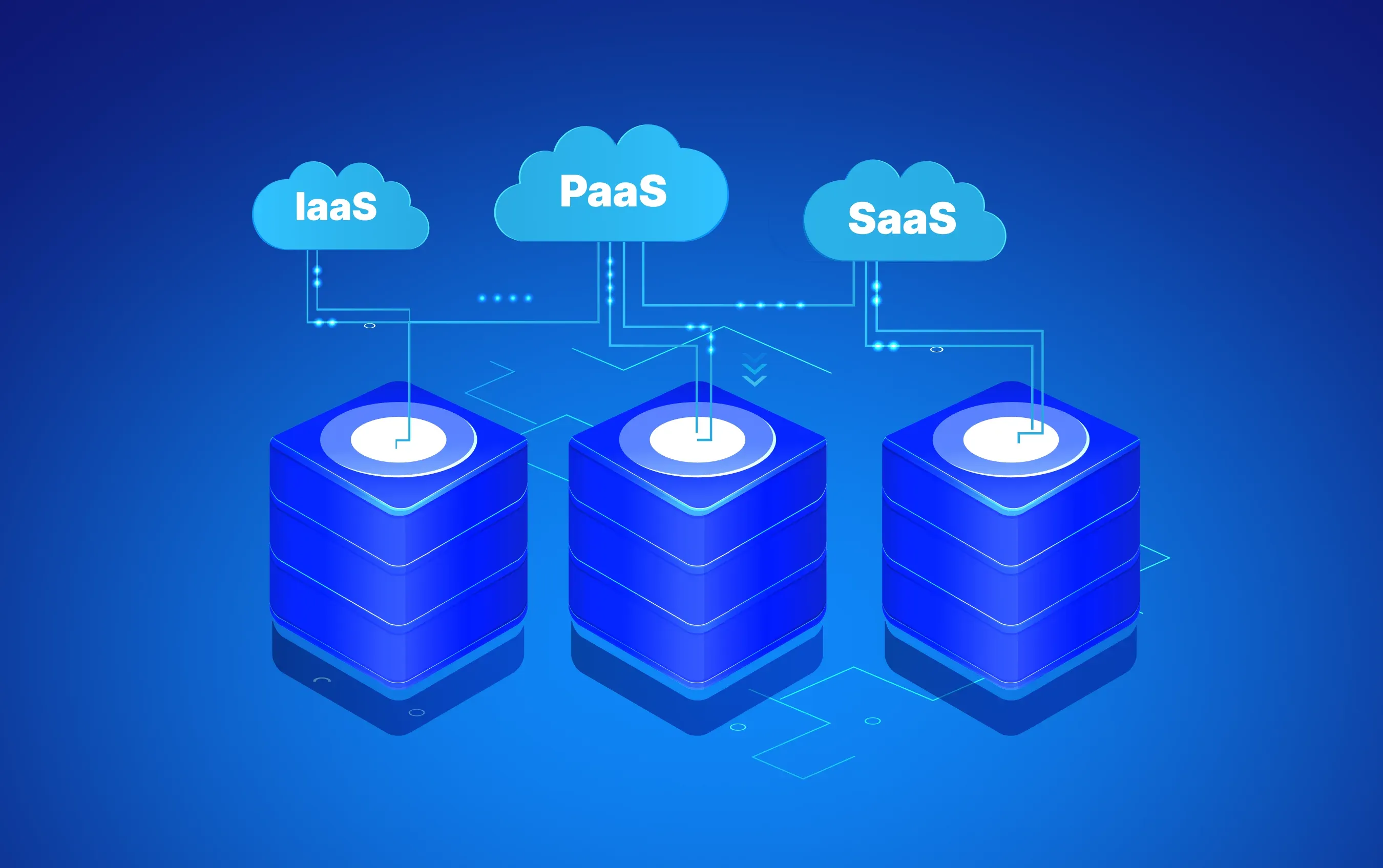In this Article
An Initial Coin Offering (ICO) is a fundraising method used primarily by blockchain-based projects to raise capital. Instead of traditional fundraising methods, projects sell their own cryptocurrency tokens to investors. These tokens can represent various utilities or services within the project's ecosystem.
An ICO works by creating and selling digital tokens to investors. The process typically involves creating a whitepaper that outlines the project's goals, technology, and tokenomics. Tokens are then priced and sold to investors, often at a price lower than the expected launch price, to attract early investment.
ICOs offer several benefits, including access to a global pool of investors, reduced regulatory hurdles compared to traditional fundraising methods, and the ability to quickly raise substantial funds. They also allow startups to bypass traditional financial intermediaries like venture capitalists and banks.
ICOs carry significant risks, including regulatory uncertainty, potential for fraud, and high failure rates. Many ICOs have been scams or have failed to deliver on their promises. Investors should conduct thorough research and due diligence before participating in an ICO.
An ICO involves selling digital tokens that may provide access to a service or product, whereas an Initial Public Offering (IPO) involves selling shares of a company, often providing equity and voting rights. ICOs are generally less regulated and more accessible to the public compared to IPOs.
An ICO whitepaper should include detailed information about the project, such as the business model, technology, roadmap, tokenomics, and the purpose of the tokens. It should also outline the team behind the project, the problem it aims to solve, and how the funds raised will be used.
To participate in an ICO, you typically need to have a cryptocurrency wallet that supports the tokens being sold. You would then send cryptocurrency, such as Bitcoin or Ethereum, to the ICO's designated wallet address in exchange for the project's tokens.
ICOs exist in a regulatory gray area and are often less regulated than traditional fundraising methods. However, regulatory scrutiny is increasing, and some countries have started implementing regulations to protect investors and prevent fraud.
The success rate of ICOs can vary, but historically, less than half of all ICOs survive four months after their launch. Many fail due to lack of funding, regulatory issues, or failure to deliver on their promises.
To evaluate the legitimacy of an ICO, you should review the project's whitepaper, research the team behind the project, assess the feasibility of the technology, and look for transparency in how funds will be used. Additionally, checking community engagement and third-party reviews can provide further insights.
Next insight





